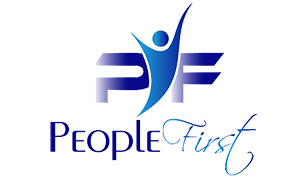
Communicating Change
Whether it’s telling employees that there will be no increases for the third year in a row or dare I say it health insurance changes are going to take place, there seems to be no break in the information that needs to be communicated to employees.
So, if employees expect constant change, why do they take it so hard? Because when it comes to communicating changes to employees, companies don’t do it very well.
It’s not that companies don’t care or don’t try; it’s just that when you are dealing with decisions that affect human value systems, emotions run high. In those situations, it’s hard to get the right message through. Good communication, then, becomes the dynamite that breaks down those barriers. And it’s what employees want most in times of change.
Employees want and need to trust the management of their organization. Work is still a place of structure for people, and when that reliability is shaken, when things change, there is a natural anxiety. Keeping workers in the loop is essential to keeping their trust.
If you know there are going to be a number of changes in the company, it’s much better to let employees know as much as you can as soon as you can. Prepare them. If you are going to be changing benefits, don’t just cut one, and then a few months later reduce another, and then a month later make changes to a third.
The slow drip approach tends to create more anxiety and a sense of mistrust in employees. So, what happens is, not only are you telling people they are losing a benefit they have come to expect, but you are also creating an expectation of ‘Oh, what’s next?’ It ends up building up levels of dissatisfaction that spill over into productivity.
Many times the organization doesn’t know all the details or have all the answers, but if communication has been up-front and honest, employees generally have more confidence in management’s ability to work through the change effectively. It’s imperative, however, that you give them specific time frames for when and how they will receive more information.
Certainly, companies sometimes have excellent reasons for withholding information. For instance, public companies may be under specific disclosure requirements for announcements such as mergers or layoffs. The key is to let the information flow as soon as you can.
Another key to providing good communications, especially during times of transition or change is to develop a communication strategy before you need it. A guideline for communicating different types of information with your employees. This reduces the anxiety of deciding how and what to communicate and allows you to focus on getting the right information out at the right time. Remember, if you don’t provide a place for employees to get information, rumor mills will fill the void.

